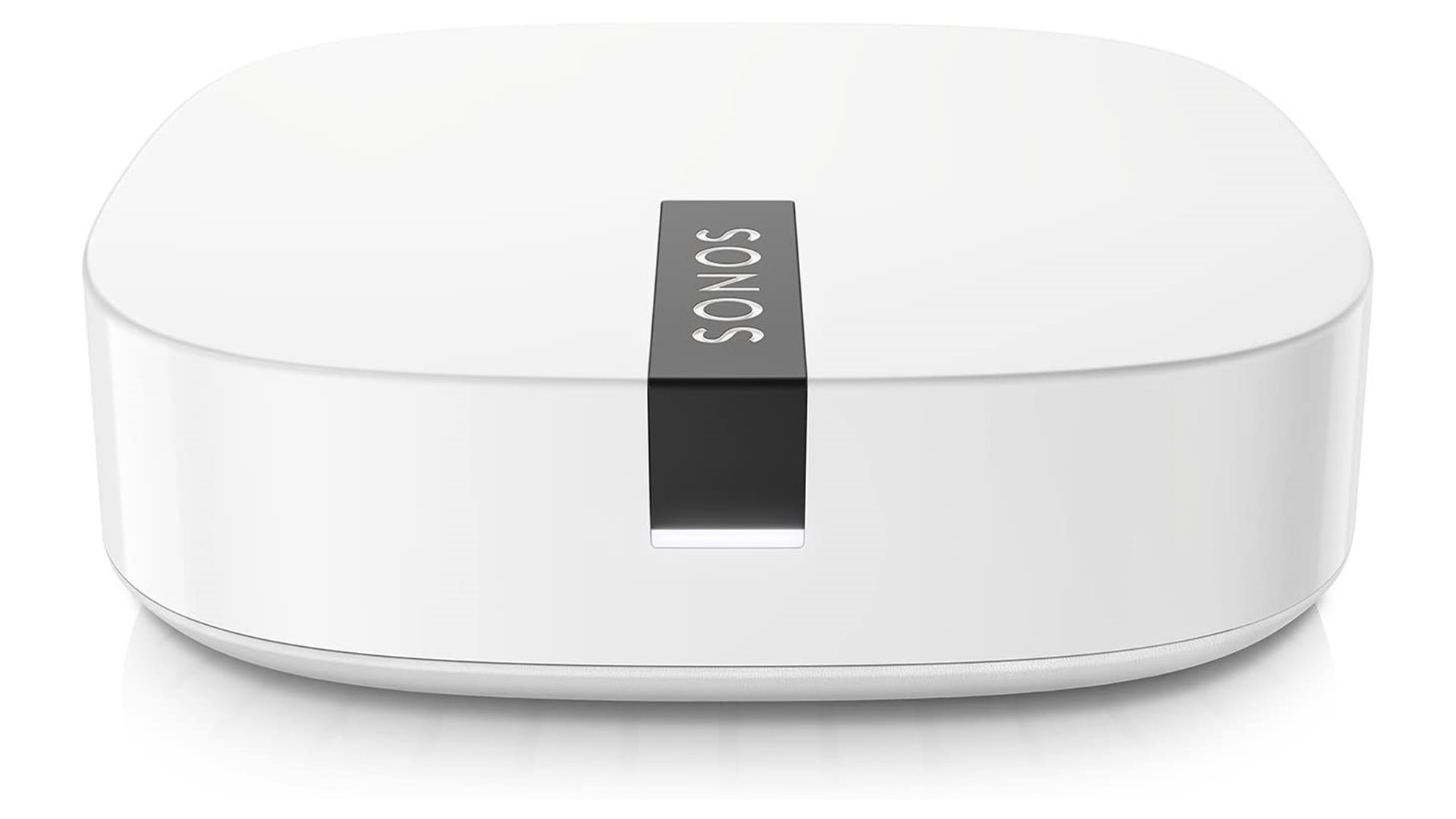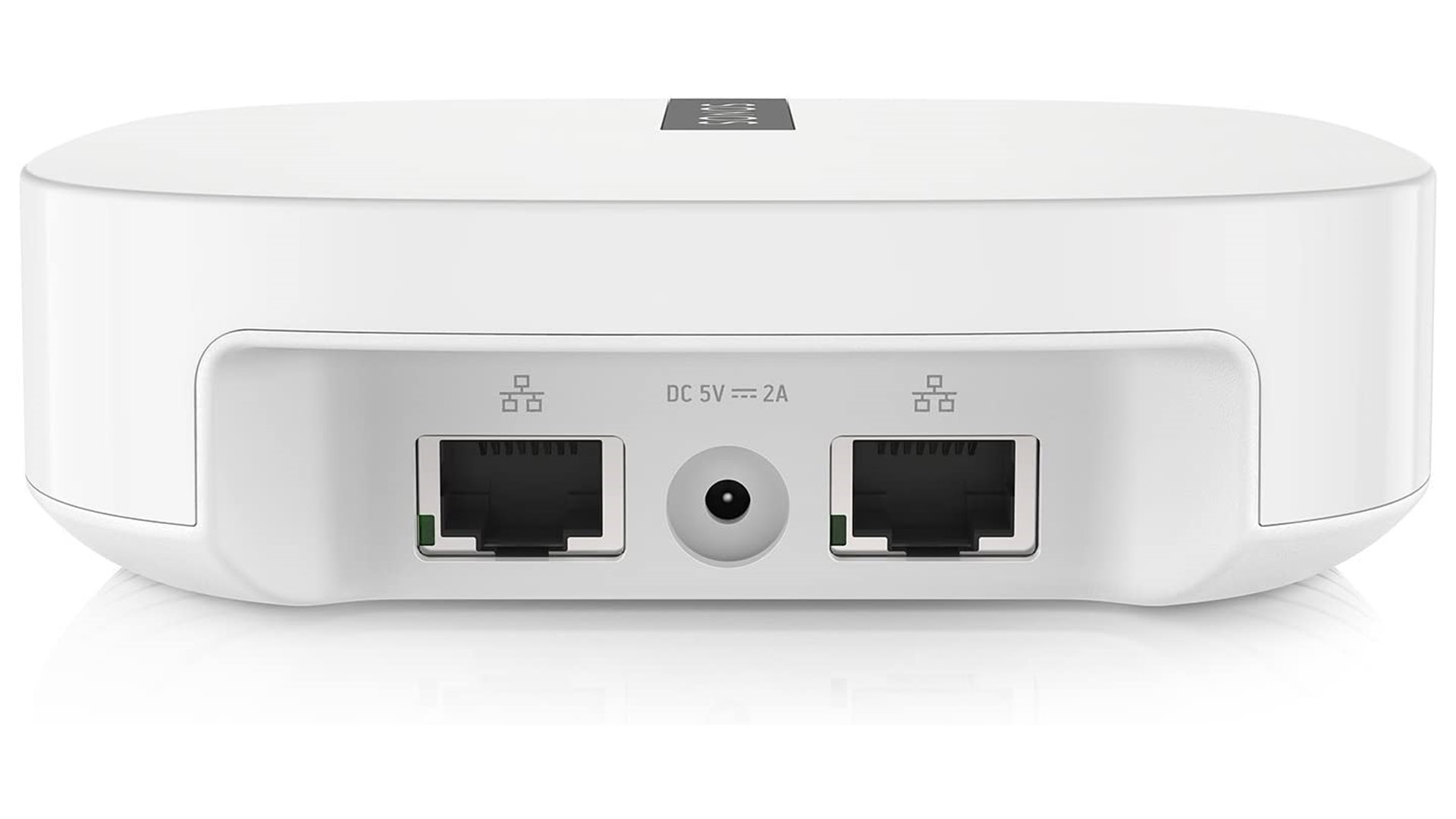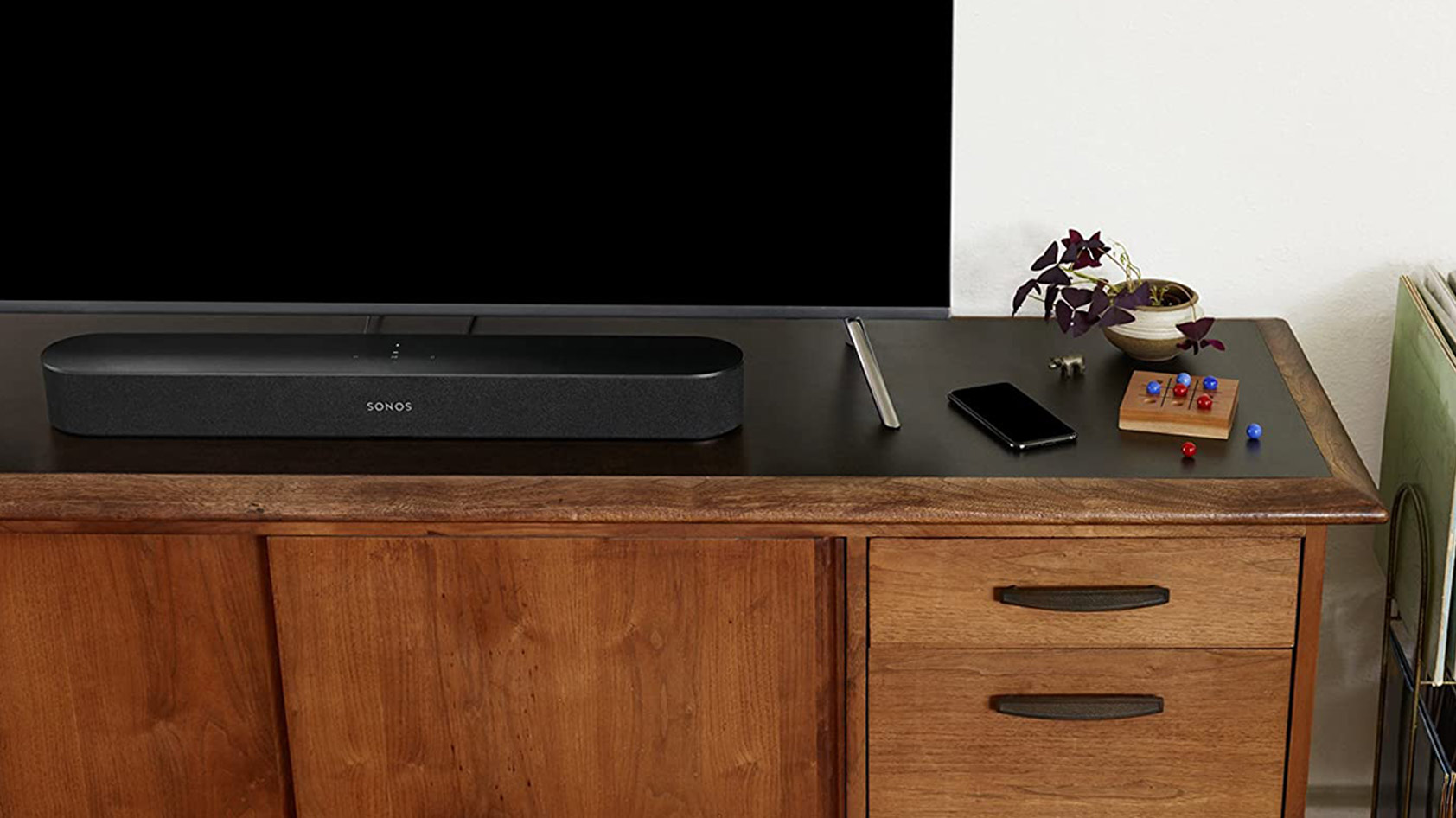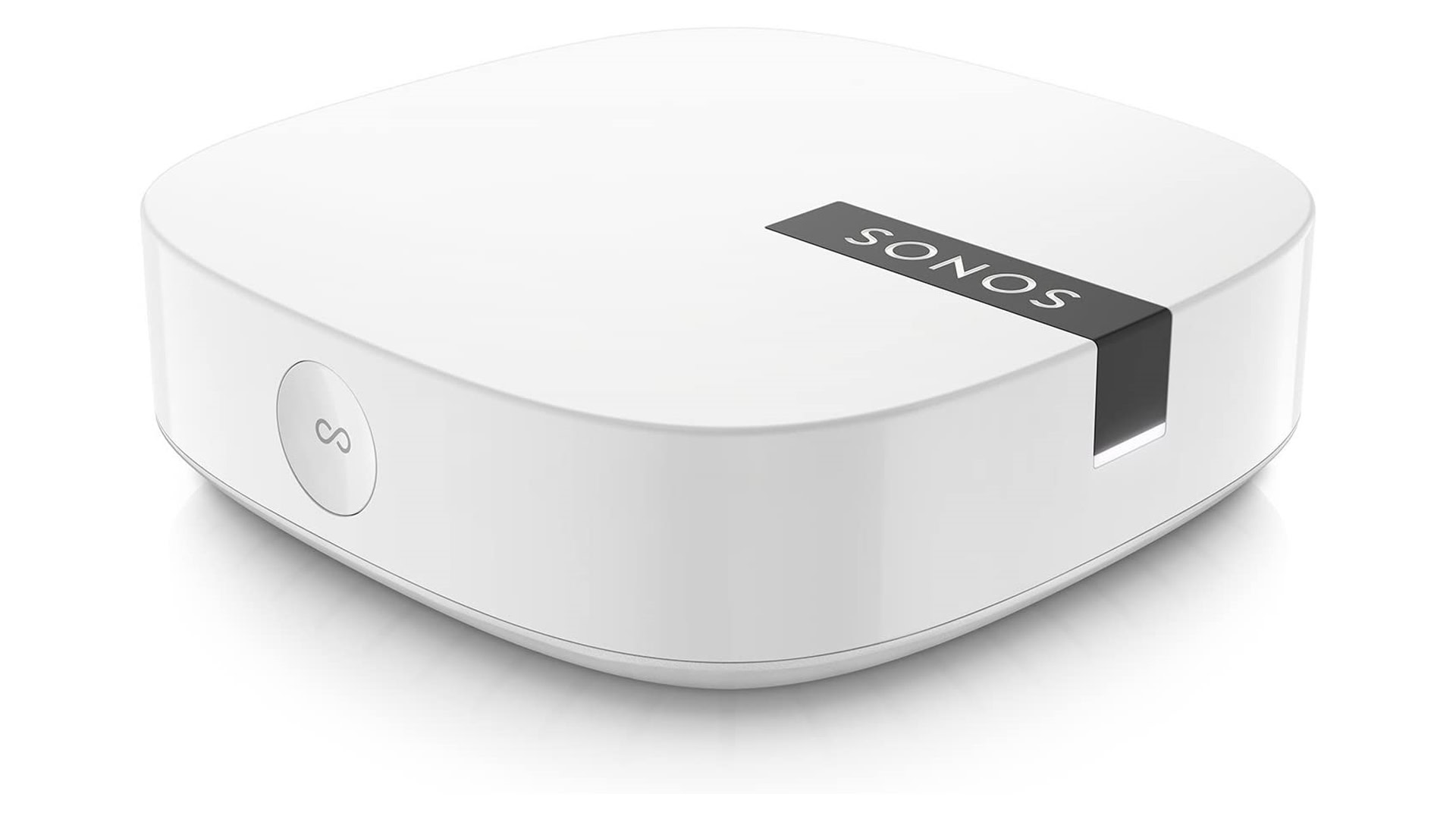Affiliate links on Android Authority may earn us a commission. Learn more.
What is a Sonos Boost, and do you need one?
Published onFebruary 3, 2023

Sonos makes some of the most popular connected speakers at the moment. While they’re not cheap, they tend to have excellent fidelity and seamless integration, including platforms like Amazon Alexa and Google Assistant. To keep them firing on all cylinders, you may (potentially) want to invest a little extra cash in a Sonos Boost.
Related: The best smart speakers
What is a Sonos Boost?

The Boost creates a spin-off Wi-Fi network for Sonos devices. It doesn’t replace your existing Wi-Fi router — in fact, to install one, your router needs an open Ethernet port. Instead, the Boost bridges Sonos speakers with your regular Wi-Fi network and the internet.
What’s the benefit of this? It’s crucial that Sonos speakers have a solid Wi-Fi connection, especially in multi-channel setups, where interrupted signals could cause channels to fall out of sync or stop playing entirely. The Boost reduces congestion on your main Wi-Fi network regardless of how many Sonos speakers you’re using. In some cases it can improve range or connection strength, since the company claims power “comparable to enterprise-grade Wi-Fi routers.”
Will a Sonos Boost improve the quality of my Sonos setup?

Possibly, but for most people, probably not. Here’s why.
If like many Sonos owners you have a single speaker, there may be no point whatsoever. Conceivably a Boost can help fix range issues, but beyond that, you’re just substituting one Wi-Fi connection for another and actually introducing lag where there wasn’t before. It might not be much, but there’s no sense paying for the privilege.
Even if you have several Sonos speakers, many Wi-Fi routers are perfectly capable of handling them on top of the rest of the devices in your household. Streaming high-quality audio from services like Spotify or TIDAL is certainly going to consume bandwidth, but not as much as 4K video or large file downloads.
The only time it’s worth considering a Boost is if you have multiple Sonos speakers and there are obvious network problems with them — whether it’s lag, dropouts, or an inability to cast media. Even then lag sometimes has other causes, and these could be signs of greater network issues that require router upgrades. If you’re using a Wi-Fi 5 (802.11ac) router for example, you might need to move to Wi-Fi 6 to increase your simultaneous connection limit. If one or more of your speakers is located too far away, you may benefit more from a mesh router than anything Sonos-exclusive. Although a Boost is typically cheaper than a new router, going the mesh route will improve connectivity for all devices.
Where to buy

As a niche accessory, the Boost is harder to find than Sonos speakers. They are carried by a number of online retailers, however — check out a few of your options below. You should be able to find it for $100 or less.
Read more: How to check your Wi-Fi signal strength on any device